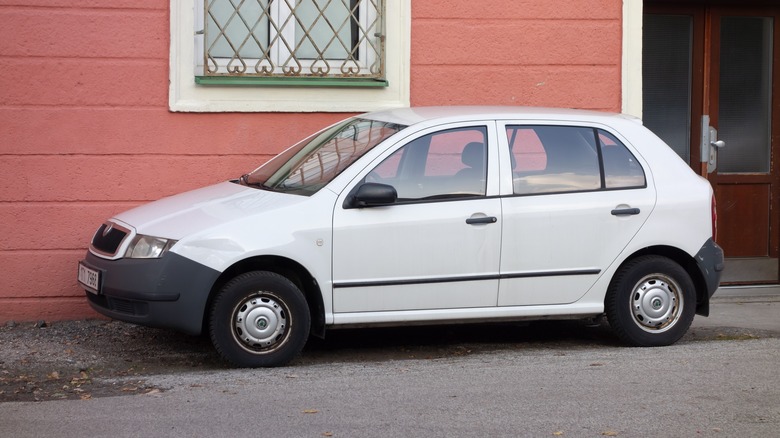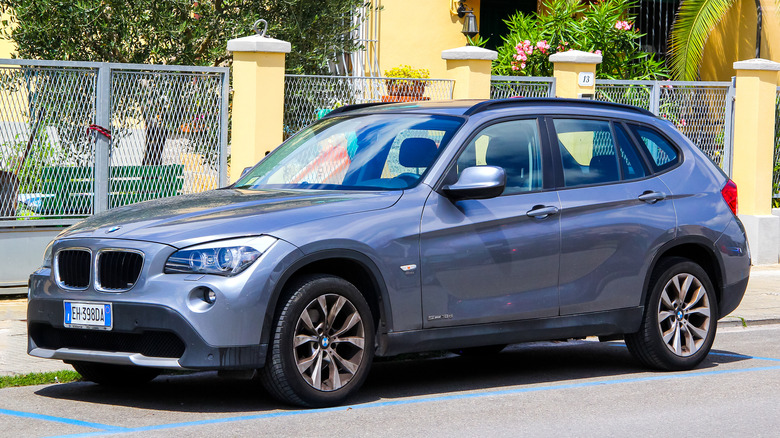What Is A 'Poverty-Spec' Car, And Should You Avoid It?
Take a look at the online configurator for any popular car model and you'll likely find a long list of trims, packages, and optional extras, all adding features and upgrades that may or may not be useful to the average driver. Untick every optional extra, and bring a car down to its base-spec trim, and you'll end up with what's sometimes referred to as a "poverty-spec" car. The exact meaning can vary: Sometimes, the term is also used to describe the base-spec variants of modern, premium cars from brands like BMW and Mercedes-Benz, and in other instances it can be used to describe older cars with ultra-basic spec sheets that omit all but the absolute necessities.
That's not to say you can't find any nice base model cars, but either way, the term implies that the owner couldn't afford to buy a better version of the car in question, and so ended up with a version that cuts out some of the niceties that most drivers of that car model would expect. Whether or not a poverty-spec model is worth considering as a new or used purchase comes down largely to what buyers want to get out of their car.
Are poverty-spec cars worth avoiding?
As buyers of M Sport-badged BMWs or AMG Package Mercedes-Benzes will be all too aware, the badge and additional trim that comes with these higher spec models doesn't make them any faster. Instead, it's the added technology, plusher interior materials, and extra badges that make these higher trims appealing to buyers. With older cars, the term poverty-spec is more often used for cars with manual windows, manually adjusted mirrors, and hard plastic interiors. The difference between the two is significant, with most modern poverty-spec cars being far more comfortable and well-equipped than their older counterparts.
If you're the kind of buyer that isn't fussed about having the highest equipment levels or the nicest interior, then buying a no-frills, base-spec new car can be a great way to make your budget stretch to a larger or nicer model that you wouldn't have otherwise been able to justify. You'll benefit from the same interior space, same build quality, and sometimes the same reliable engines as higher-spec trims, but with less upfront cost.
However, it's always worth considering if you can get better value for money from a cheaper brand, particularly if you're considering the entry-level version of a car from a premium brand like Mercedes-Benz or BMW. If the base-spec premium car doesn't offer you anything unique compared to a similarly priced model from a cheaper brand — aside from a more prestigious badge — then it might be wise to look elsewhere.

